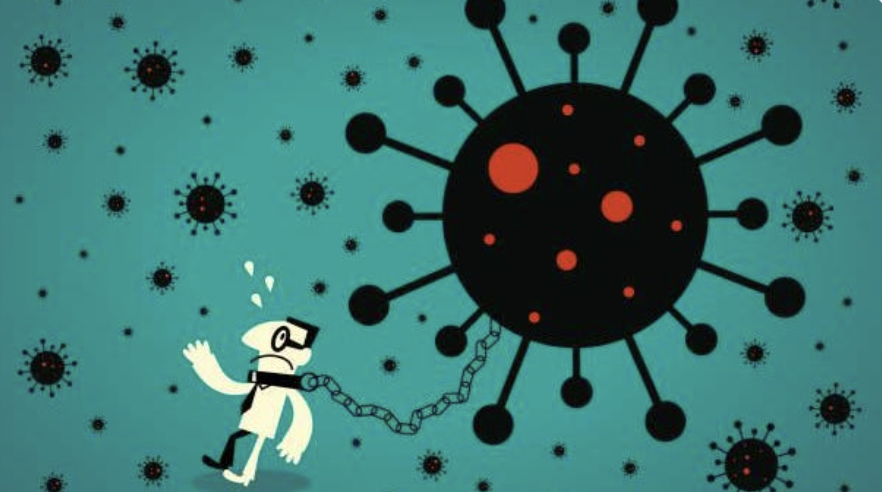Living With COVID: Two Years Into the Virus

The surging Omicron variant generated a grim COVID-19 milestone in the US last week – a record single-day confirmation of daily cases with over 1 people million infected. The growing wave of cases and the speed with which Omicron is raging through the population – without sparing the fully vaccinated – has created a dawning realization that COVID-19 isn’t just going to go away. In fact, we need to prepare ourselves to deal with the impact of the virus and its mental health implications for years and years to come.
From COVID Czar Dr. Anthony Fauci to New York’s new Mayor Eric Adams, the public is now being told, “we have to learn how to live with COVID and live with COVID in a safe way.”
For those of us working in the mental health community, this comes as a welcome sign that both medical and political leaders understand the need for a long-range strategy to deal with COVID in all its wide-ranging impacts.
In April 2020, just a month into the virus, I wrote about the potentially “serious mental health consequences” of COVID-19 and the need for a “comprehensive mental health policy at the national level to cope with what will be a long-lasting aftermath of anxiety, depression and PTS (Post-Traumatic Stress)” as a result of the pandemic.
I wish I could say these warnings have proven unjustified.
Compared to 2019, rates of both depressive and anxiety disorders among US adults have more than tripled. Young adults between 18 and 29 have been hit hardest; 38% of this group reported symptoms of anxiety and 33% reported symptoms of depression in early December. And that was before Omicron hit with full force.
There are other signs the trauma of the pandemic will have a lasting impact on America’s mental health. According to Mental Health America, of the more than 84,000 people who took the organization’s PTS screen during a previous COVID wave, 93 percent scored positive or at risk for developing PTS. And since the effects of trauma typically take more than six months to surface, we can expect a post-Omicron surge of PTS.
While the national strategy for dealing with COVID’s consequences for mental health I suggested 18 months ago is still desperately needed, we cannot wait to address this growing challenge.
So, what does it mean to learn how to “live with COVID in a safe way” from a mental health standpoint?
Several organizations including the American Psychiatric Association Foundation’s Center for Workplace Mental Health have published helpful sets of practical tips for taking care of our mental health and well-being during the pandemic. These and other resources can be extremely beneficial. As we continue to navigate these trying times 6 recommendations rise to the top:
- Maintaining a regular schedule, with periodic breaks and time built in for self-care, in a way that appropriately balances life and work.
- Staying connected with family, friends, and support systems to prevent isolation and share concerns with people experiencing the same challenges.
- Engaging in activities that make you happy and promote individual well-being – everything from yoga and meditation to cooking and listening to music.
- Keeping your immune system strong through good hygiene, sleep and hydration habits, and exercising regularly to promote both physical and mental health.
- Limiting media consumption – including social media – in order to reduce exposure to a constant barrage of negative news that may trigger stress or anxiety. People should, of course, remain updated on the virus without overdoing it.
- Continuing treatment and medication for those diagnosed with mental health conditions.
These and other practices can build resilience, relieve stress and anxiety, and help people cope with the profound mental health challenges that accompany traumatic events like the pandemic. Employers must develop strategies, improve workplace culture, and continue to monitor and refine solutions. We’re going to great lengths to protect ourselves physically from the virus through vaccines, treatments, masks and other protocols. We need to go to equal lengths and take equal care to protect our mental health in an environment that has been forever changed by the pandemic.
